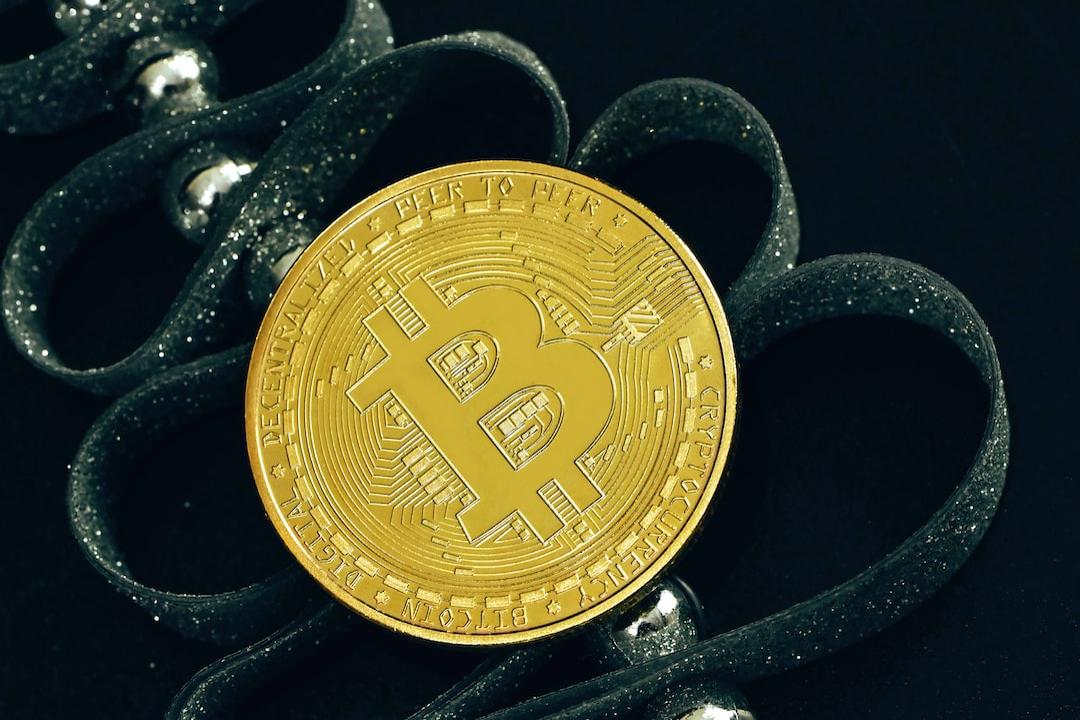Bitcoin’s price
hovers around $82,000, while altcoins have suffered losses nearing 10%. Many cryptocurrencies have hit significant lows, and the outlook for the U.S. stock markets appears even more dire. With numerous companies witnessing losses amounting to hundreds of billions of dollars, indices have fallen approximately 4%. What do the initial statements from Fed members post-tariffs indicate? What do they mean for cryptocurrencies?
Fed Statements and Cryptocurrency Impact
Recession fears have shaken risk markets, leading to expectations for four necessary interest rate cuts by the Fed this year. Despite previous communications from the Fed suggesting otherwise, the rapid interest rate hikes in 2022 following inflation announcements in 2021 remind us that the Fed sometimes acts contrary to its stated positions.
Fed member Jefferson made remarks while this article was being prepared, addressing tariffs with the following key points:
“Inflation is significantly below its recent peak, yet recent data indicates a largely horizontal trend. The median FOMC data projects general PCE inflation at 2.7% this year and 2.2% next year. The median projection aligns with our 2% target for 2027. The expectation of tariffs has led consumers and businesses to report higher inflation expectations in the near term. However, beyond the next year, most measures concerning long-term inflation expectations remain consistent with our 2% inflation target.”

Bitcoin

$82,215 remains at $82,000, and the significant takeaways from the statements are:
- There is no need to rush with adjustments to policy interest rates.
- Depending on progress in inflation and the labor market, the current policy constraints can be maintained longer or relaxed.
- The current policy interest rate is well-positioned to address risks and uncertainties.
- The policy rate has become somewhat restrictive.
- The rise in goods inflation is partly due to trade policies, while the decrease in housing services inflation can help counterbalance this.
- A moderate softening in the labor market is expected this year.
- There are signs of recent weakness in consumer spending.
- Economic activity may be restricted if uncertainties worsen.
- Negative sentiment does not necessarily imply a slowdown in actual activities.
- The economy is robust, but increasing uncertainty among consumers and businesses is linked to trade policy.

